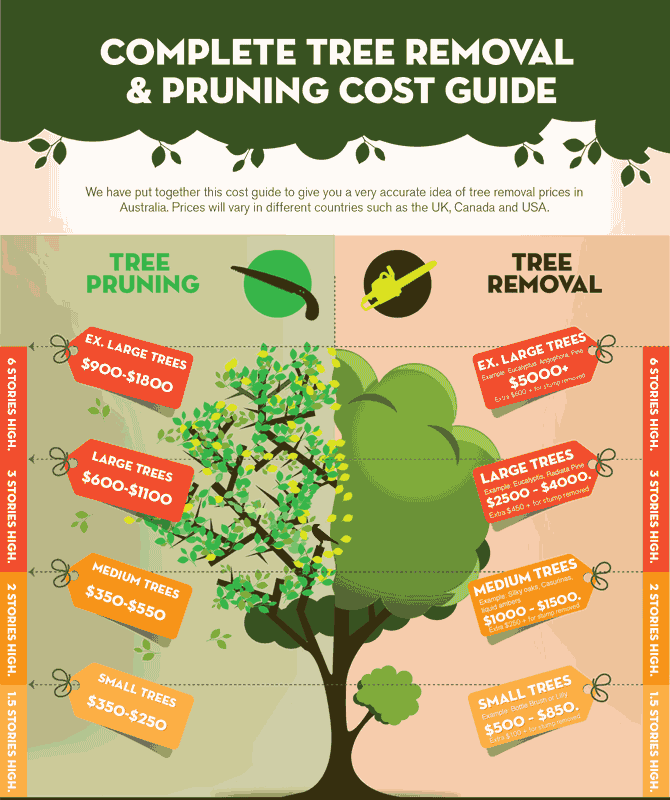Try To Find Significant Warnings That Your Tree Could Be A Threat; Knowing These Can Help Safeguard Your Home And Your Family.What Should You Keep An Eye Out For Following?
Try To Find Significant Warnings That Your Tree Could Be A Threat; Knowing These Can Help Safeguard Your Home And Your Family.What Should You Keep An Eye Out For Following?
Blog Article
Write-Up Produced By-Vogel Butcher
When it pertains to tree treatment, acknowledging the signs that it's time for removal is important for your safety and security and residential or commercial property. You may observe discolored fallen leaves, wilting branches, or weird fungal developments suggesting illness. Structural concerns, like a considerable lean or fractures in the trunk, can also pose risks. Recognizing these warning signs can assist you make educated decisions regarding your trees and stop possible risks lurking in your backyard. What should you seek following?
Indications of Degeneration and Disease
When you notice indications of degeneration and illness in your trees, it's crucial to act rapidly. Try to find discolored leaves, wilting branches, or unusual developments like fungus. These can suggest that your tree is struggling.
If you see cracks in the bark or soft, mushy wood, these signs recommend inner decay. Furthermore, an unexpected increase in bugs around your tree can signify that it's deteriorated and vulnerable.
Check for any type of dead or dying arm or legs, as they pose a threat to your building and safety and security. If you're uncertain concerning what you see, seeking advice from an arborist can supply quality.
Attending to these indications early can conserve you from extra considerable damage and ensure the health of your yard. Do not wait till it's too late.
Structural Instability and Leaning
As you observe your trees, watch out for any indicators of structural instability or leaning. If a tree leans dramatically, it may suggest that the root system is compromised.
Look for Read This method of fractures in the trunk or dirt around the base; these can indicate possible failure. Additionally, check for uncommon growth patterns, like an unbalanced crown, which might recommend that the tree is struggling to hold itself upright.
If you observe that the tree favors your home, power lines, or other frameworks, it postures a higher danger. Don't ignore these signs-- speak with an arborist to evaluate the situation.
Acting early can avoid pricey damage and guarantee your safety and security.
Dead or Dying Branches and Vegetation
If you notice dead or passing away branches and foliage on your tree, it's a clear indicator that something's wrong.
https://israelkfzun.liberty-blog.com/35408108/seasonal-tree-pruning-the-perfect-timing-and-techniques-for-taking-full-advantage-of-development can suggest underlying issues like condition, parasite problems, or environmental tension. When branches shed their fallen leaves or turn brownish, they're no more contributing to the tree's wellness. Overlooking these indicators could lead to more decline, making your tree more hazardous.
Dead branches can conveniently break off during storms, positioning a threat to property and people nearby. It's critical to assess the level of the damage.
If the trouble influences a significant part of the tree, take into consideration speaking with a professional. They can help establish if elimination is needed to make sure safety and security and preserve the charm of your landscape.
Verdict
If you discover any type of indicators of decay, structural instability, or dead branches on your trees, don't ignore them. These indicators can posture severe security dangers to you and your property. It's constantly best to consult a professional arborist who can offer an expert assessment of your trees. Acting early can prevent mishaps and https://claytonoidxr.bloggerswise.com/42793825/the-requirement-for-tree-stump-removal-on-your-residential-property-and-how-to-implement-it-correctly , ensuring your landscape continues to be risk-free and healthy and balanced. Bear in mind, it's far better to be proactive concerning tree treatment than to wait for a disaster to occur.
